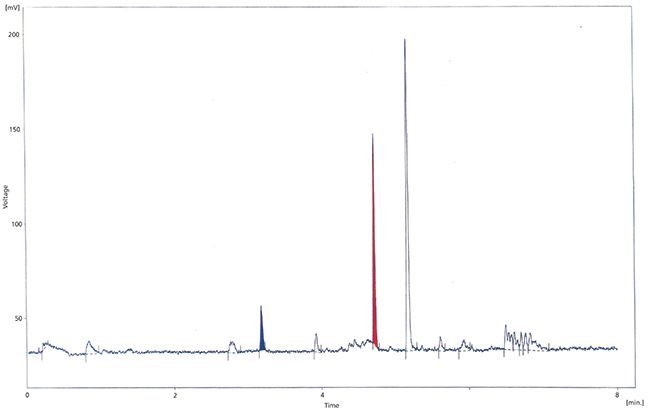Analysis of Nitrosamines in Malt
The Application Notebook
In brewing, barley undergoes a malting process, the grain if first drenched to make it germinate and then dried in kilns to capture the sugar and flavor compounds for the brewing process.
In brewing, barley undergoes a malting process, the grain if first drenched to make it germinate and then dried in kilns to capture the sugar and flavor compounds for the brewing process. The heating in the kilns can cause the formation of carcinogenic nitrosamine compounds in the grain, these can then potentially be passed on to the final brewed product. It is therefore essential that any malt used in brewing is checked for nitrosamine levels. The most common of the nitrosamines formed is N-nitrosodimethylamine (NDMA).
While GC–MS can be used to perform this analysis, the systems are costly to purchase and often need to be used in single ion monitoring mode to achieve the required sensitivity for NDMA. This means that other nitrosamines formed could be potentially missed. The Ellutia 800 Series TEA is an alternative detector that is able to achieve the required sensitivity for nitrosamine compounds, while also being easier to operate and maintain than a GC–MS system.
Experimental Instrument Conditions
The Ellutia 200 Series GC was interfaced with an Ellutia 810 TEA detector. The column used for the analysis was a 30 m DB-waxETR 0.25 i.d. × 0.25 µm. The method settings were as per (Table I).

Sample Preparation
A combination of 75 g of malted barley with 250 mL of water and 250 µL of internal standard (N-nitrosodipropylamine (NDPA) 1000 ng/mL) is homogenized in a blender. This is then filtered, and a liquid-liquid extraction into dichloromethane is performed. This extract is then evaporated down to 1 mL using a rotary evaporator. The sample is then ready to be analyzed by direct injection to the GC
A number of standard solutions of know quantities of NDMA ranging from 0.5 to 10 ppb are prepared. These are then added to 75 g of NDMA-free malt and 250 mL of water and prepared using the same blending and extraction method. These are then used to prepare a standard calibration curve.
Results
The system was able to analyze the compounds of interest down to the required low ppb levels. Figure 1 shows a sample of malt showing 2.75 ppb of NDMA.

Figure 1: NDMA in malt.
Conclusions
The Ellutia 200 Series GC and 800 Series TEA can provide a solution for nitrosamine analysis at the low levels required as an alternative to more expensive GC–MS systems. The TEA also allows other nitrosamine species to be monitored during a single run.

Ellutia Inc.
660 Riverland Dr., Suite D, Charleston, SC
tel. (843) 259-2307
Website: www.ellutia.com


.png&w=3840&q=75)

.png&w=3840&q=75)



.png&w=3840&q=75)



.png&w=3840&q=75)














